#south Australia
Photo



fine_eye_imagery
10K notes
·
View notes
Text

Short Beaked Echidna, Kangaroo Island, SA, Australia
By Lucca Amorim
#lucca amorim#photographer#short beaked echidna#echidna#nature#kangaroo island#animal#mammal#wildlife#south australia#australia
458 notes
·
View notes
Text
stop.
superb fairy wren appreciation post.

small ^

blue ^

^females and males are equally cute

^ round

not monogamous (76% of young are linked to bird cheating)

extremely suitable name

^ splendid relative

^ lovely relatives
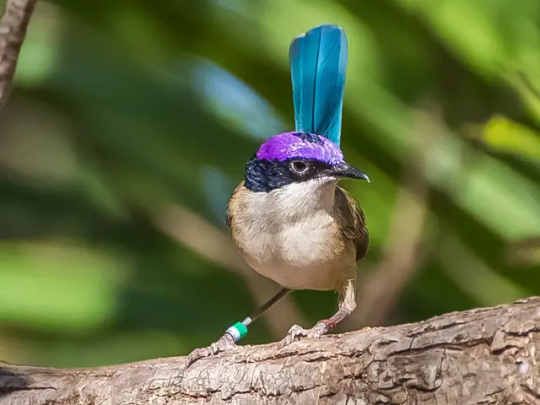
^ purple relative

conclusion: superb fairy wren is best bird 👍
#mine#superb fairy wren#fairy wren#birds#australia#south australia#splendid fairy wren#lovely fairy wren#purple crowned fairy wren#wren#birdblr#bird#birbs
277 notes
·
View notes
Text
Doing sleepy lizard fieldwork in the Mid Murray today involved bountiful encounters with goofy fellas as usual
This guy is somehow missing the keratin on most of his large tail scales, revealing the bony scutes (osteoderms) beneath. We’re not exactly sure how this occurred, hopefully he’s not scuffed up too bad, but it is quite cool to look at


Then there’s grumps over here, sucking on his pacifier. We named him Cupcake after his delightful personality


Cupcake is now getting clamped because he’s naughty and bit someone (actually just taking a measurement of head depth)
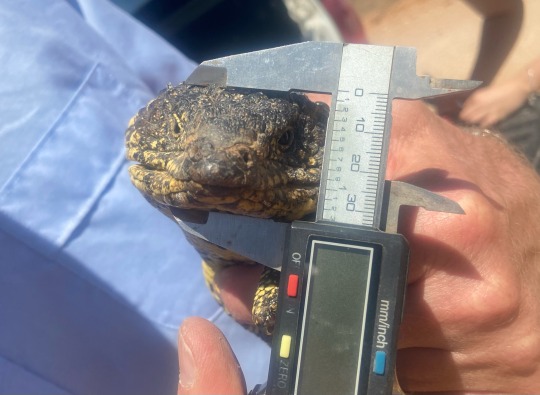
Polite gentleman patiently getting his tail measured (not a sleepy lizard, doesn’t want to be here)
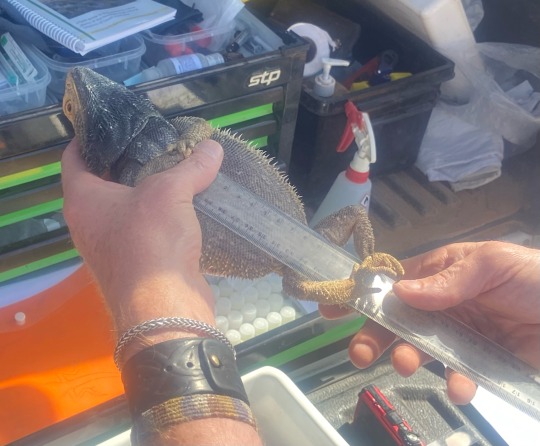
#south australia#australian wildlife#wildlife#reptile#reptiles#lizard#lizards#skinks#bearded dragon#shingleback#fieldwork#herpetology#my stuff
486 notes
·
View notes
Text

Smith Rd, Ceduna, South Australia.
184 notes
·
View notes
Text
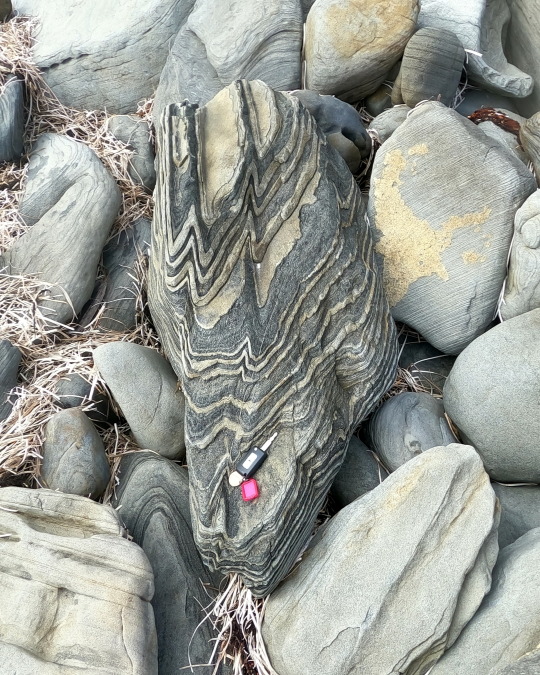
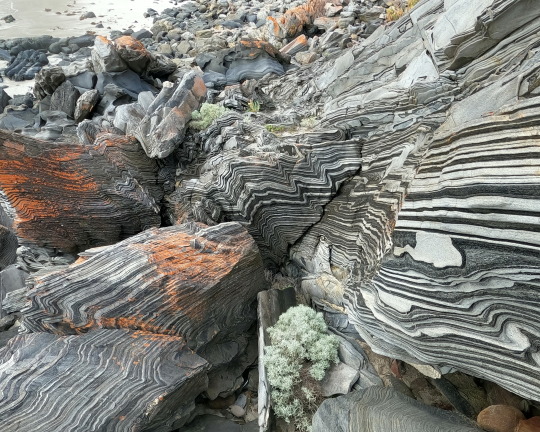
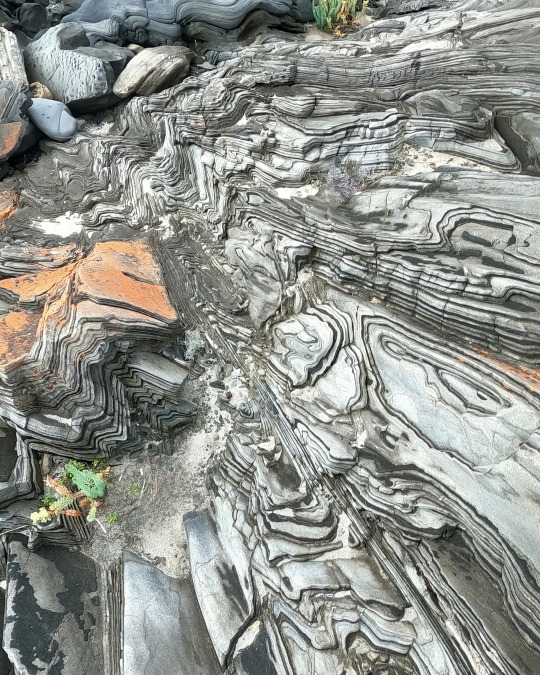

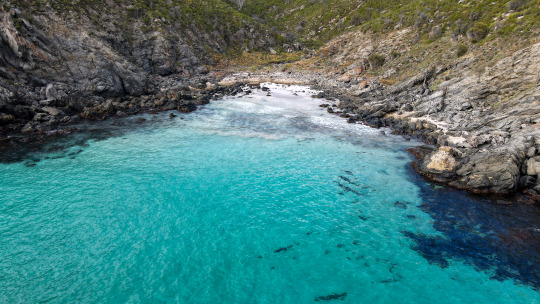
2023: So-called "Zebra Schist", found in Cambrian sediments at Harveys Return, north-west Kangaroo Island.
482 notes
·
View notes
Text

Look who I found! He's a very busy man, he's got chickens to feed 👻🤍
#bbc ghosts#mr cheese#adelaide#south australia#sir humphrey bone#laurence rickard#this moose is on holidays
201 notes
·
View notes
Text
Know an Australian? Send this too them! Know someone who's spent time in Australia and has an opinion? Send this to them too! We can start a fight
#Australia#straya#im expecting a tie#this is so stupid but here me out#western Australia#south Australia#new south wales#victoria#Tasmania#Australian Capital Territory#act#northern Territory#nt#wa#sa#nsw#vic#tas
843 notes
·
View notes
Photo

Heming Street, Waikerie, South Australia.
546 notes
·
View notes
Photo

Australian Ringneck Parrot, South Australia
#Australian birds#parrots#Australian parrots#nature#wildlife#Wild Birds#South Australia#australia#Tropical
152 notes
·
View notes
Text
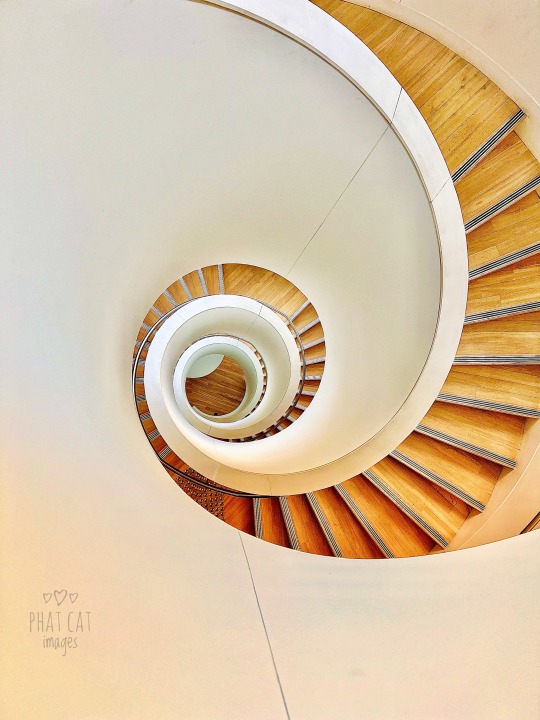
Spiraling out of control
#original photographer#original photography#photographers on tumblr#australian photography#australian photographer#south australia#travel photography#modern architecture#spiral staircase#my photo
68 notes
·
View notes
Text

White-faced heron
169 notes
·
View notes
Text
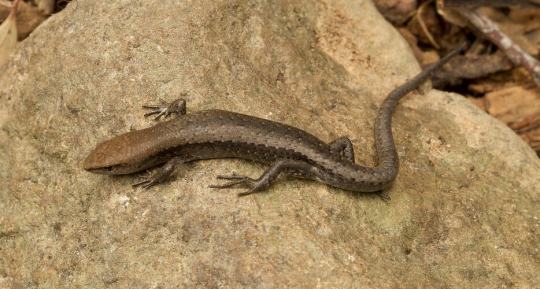
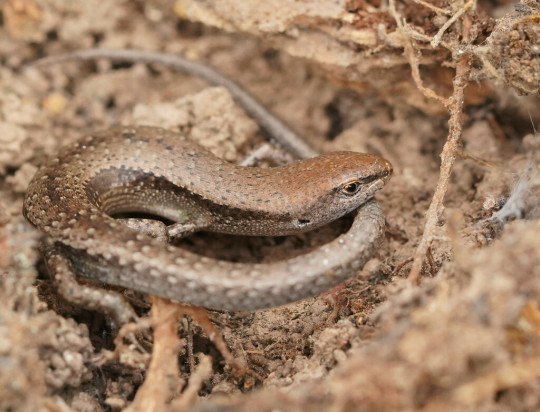
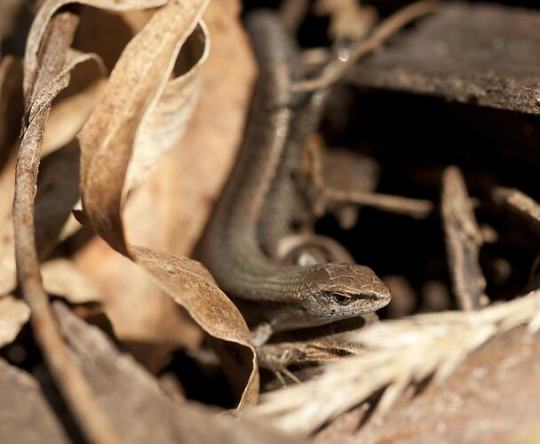
Lampropholis guichenoti, more popularly known as the grass skink, Guichenot's grass skink, the pale-flecked garden sunskink, or the penny lizard, is a small species of skink found throughout western and southern Australia. Its primary habitat is grasslands and scrublands with plenty of vegetative cover, though they are also a common sight in suburban backyards.
Though a nondescript brown, the penny lizard can be identified by a black stripe running the length of its body. Females can be distinguished by the light orange or reddish tint to their underbellies, while males are light grey. However, identifying the grass skink may prove difficult, as their small size makes them extremely good at hiding; on average an individual is only 8–10 cm (3.1–3.9 in) and weighs less than 2g (0.07 oz).
Male L. guichenoti are extremely terrirotial, and will fiercely defend their territory from other males- particularly in the spring. Breeding begins in September or October and continues throughout the summer. After mating, the female will lay about 2-6 eggs in a communal clutch alongside other females; in total these clutches can contain up to 250 eggs. These eggs hatch approximately 30 days to hatch, and young are fully independent upon emerging. On average, the grass skink can live for 2-3 years in the wild.
Because of their small size and lack of defensive systems, Guichenot's grass skink is an easy prey target for many species. Birds and feral cats are the primary predators, but the grass skink can also become a meal for larger lizards and snakes. The main way L. guichenoti avoids being lunch is by dropping its tail-- a common skink tactic. The tail continues to wriggle after being dropped, distracting the predator while the skink makes its escape and later regrows its tail. The penny lizard itself feeds mainly on small insects like crickets, isopods, earthworms, flies, and ants, as well as the occasional fruit or vegetable.
Conservation status: Lampropholis guichenoti has not been evaluated by the IUCN, but its population is generally considered to be large and stable.
If you like what I do, consider leaving a tip or buying me a kofi!
Photos
David Paul
Colin Silvey
Reiner Richter via iNaturalist
#grass skink#penny lizard#Squamata#Scincidae#sunskinks#skinks#lizards#squamates#reptiles#grasslands#grassland reptiles#scrubland#scrubland reptiles#urban fauna#urban reptiles#oceania#australia#south australia#west australia#animal facts#biology#zoology#ecology
65 notes
·
View notes
Text
So, yesterday my family went to the National Motor Museum, which I was absolutely giddy about since I think cars before the 1980s were very purdy. I finally found the time to post all the pictures, and add commentary to the most relevant ones. Although this might end up in reblogged parts since tumblr posts tend to have a photo limit.
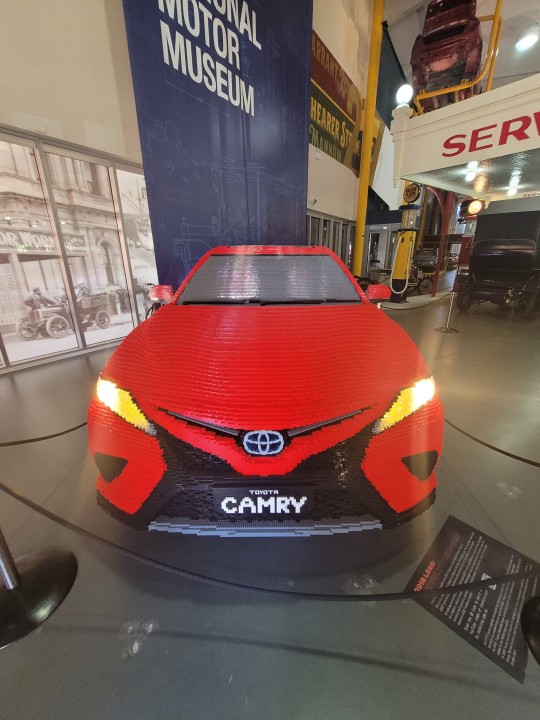

This was fucking life sized. All of it legos.



If you haven't heard, Priscilla from 'The Adventures of Priscilla: Queen of the Desert' has been found. This giant shoe was advertising that you can donate to the restoration project. I donated through the card reader there, and you can through this link.

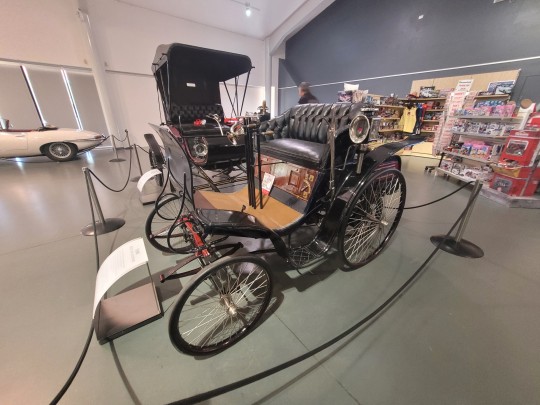
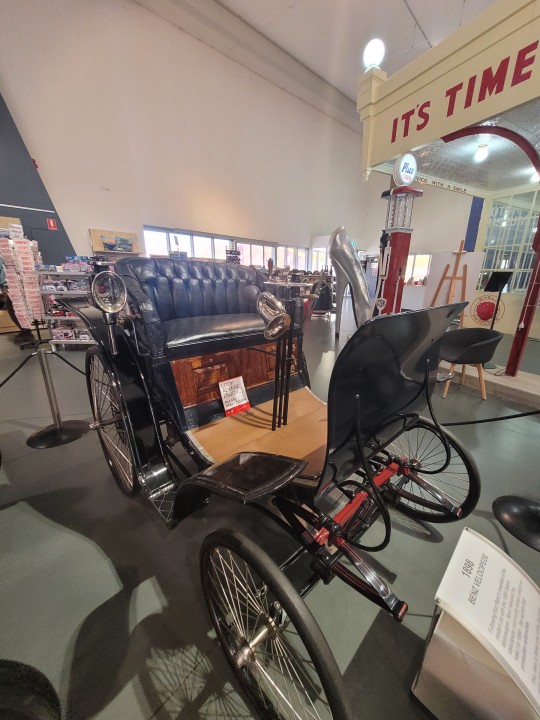


And limit already reached, I guess this is part one then.
41 notes
·
View notes
Text

the child seeks refuge
Spinifex Hopping-mouse (Notomys alexis) - Bon Bon Station, SA, November 2023
#just got back from this trip so I’ll probably be posting stuff for a little while#south australia#outback#australian wildlife#wildlife#mammals#rodent#rodents#mice#mouse#wildlife photography#fieldwork#my stuff
102 notes
·
View notes
Text

Lachlan Ave, Murray Bridge, South Australia.
58 notes
·
View notes